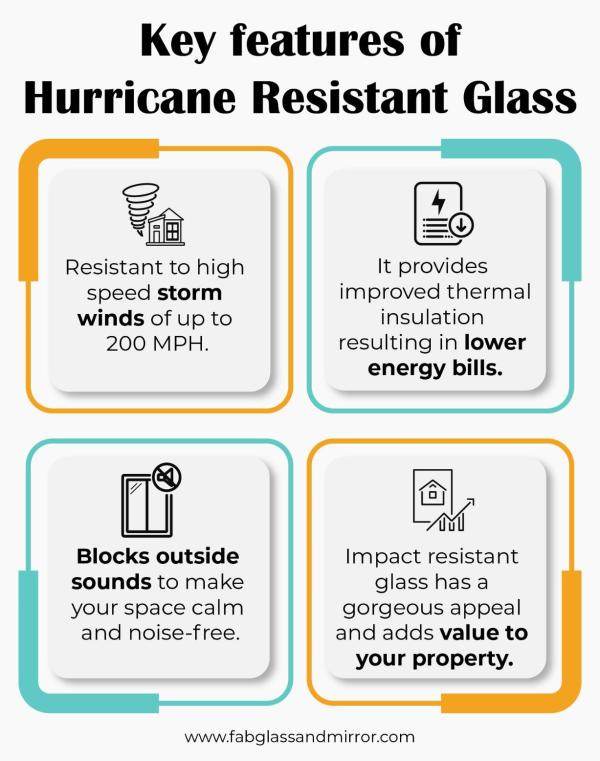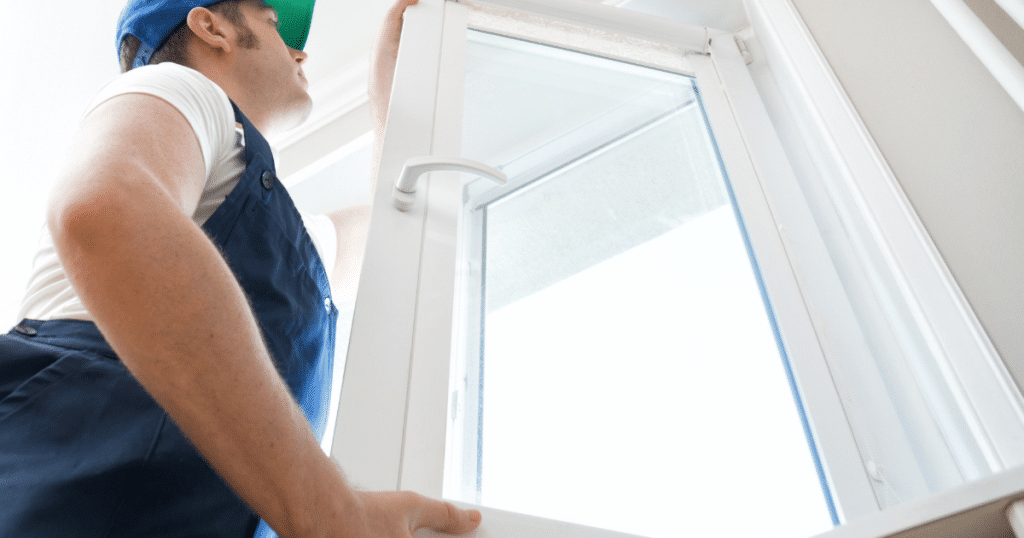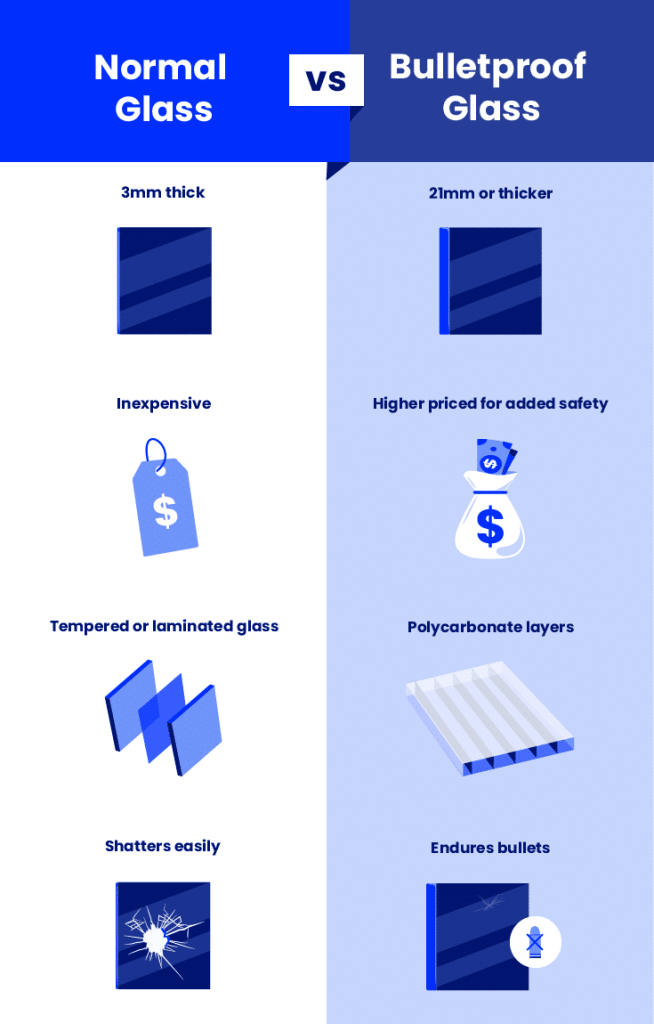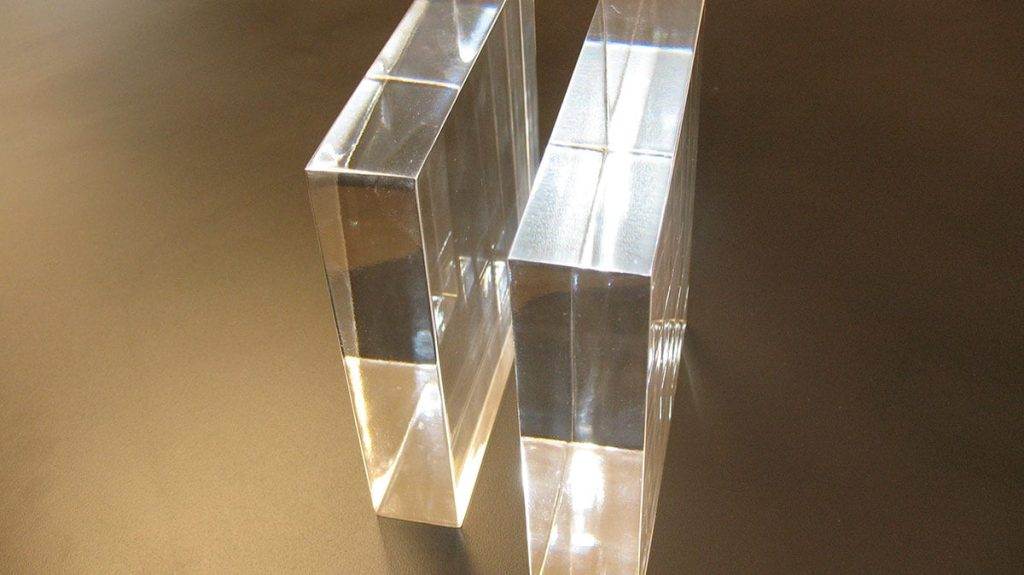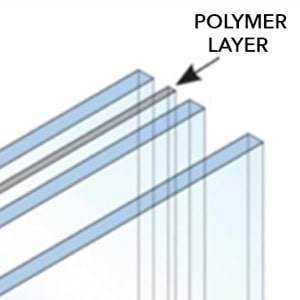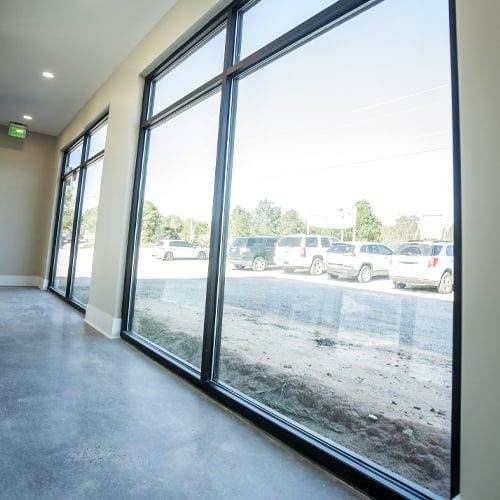So, we’ve all heard of the term “hurricane glass” and we might have a vague idea of what it is – a type of glass used to protect windows from the destructive forces of hurricanes. But have you ever come across the term “impact glass” and wondered if it’s the same thing? Well, let’s clear up the confusion once and for all. Impact glass and hurricane glass are actually different, although they serve a similar purpose. While hurricane glass is specifically designed to withstand the high winds and flying debris of hurricanes, impact glass goes a step further by also providing protection against forced entry and impact from projectiles. So, if you’re looking for the ultimate window protection, it’s important to know the difference between these two types of glass.
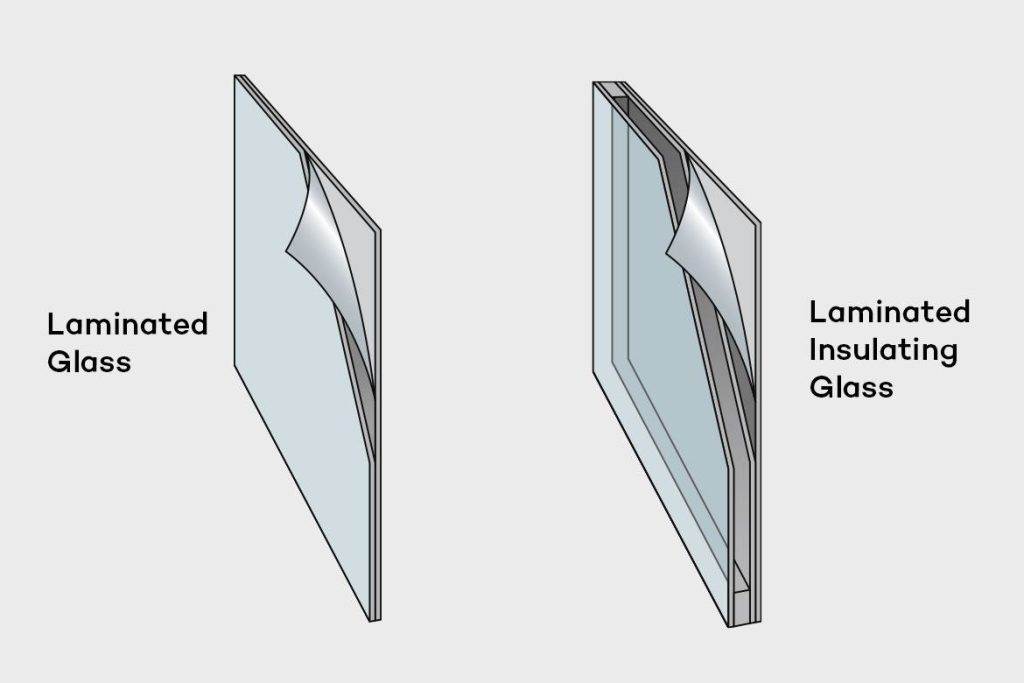
This image is property of www.pgtwindows.com.
What is Impact Glass?
Definition
Impact glass, also known as impact-resistant glass or safety glass, is a type of glass specifically designed to withstand high levels of force and impact without breaking. It is primarily used in areas prone to hurricanes, tornadoes, or heavy storms, where there is a risk of flying debris and strong winds.
Composition
Impact glass is made by laminating multiple layers of glass together with a durable interlayer material, commonly polyvinyl butyral (PVB), which holds the glass layers together even when shattered. The interlayer is typically thick and flexible, providing a cushioning effect that helps absorb and disperse the force of impact. This construction gives impact glass its strength and resilience.
What is Hurricane Glass?
Definition
Hurricane glass, also known as hurricane-resistant glass or wind-resistant glass, is another type of glass designed to withstand high wind pressures and flying debris during hurricanes or severe storms. It is specifically engineered to protect structures from the destructive forces of hurricanes and similar weather events.
Composition
Hurricane glass is often made in a similar way to impact glass, using multiple layers of glass with an interlayer material. However, the composition may vary depending on the manufacturer and the specific requirements of the glass. Some hurricane glass may include additional reinforcement layers or thicker glass to enhance its resistance to wind pressures.
Differences Between Impact Glass and Hurricane Glass
Purpose
The primary difference between impact glass and hurricane glass lies in their intended purpose. Impact glass is designed to provide protection against both impact and wind pressures, making it suitable for regions prone to hurricanes, tornadoes, and other severe weather conditions. On the other hand, hurricane glass is specifically engineered to resist wind pressures and flying debris during hurricanes, with less focus on impact resistance.
Resistance to Impact
While both impact glass and hurricane glass offer some degree of impact resistance, impact glass is generally stronger in this aspect. Its layered construction and flexible interlayer material enable it to withstand heavy impacts, such as flying debris or attempted break-ins, without shattering. Hurricane glass, although still resistant to some level of impact, may not offer the same level of protection as impact glass.
Resistance to Wind Pressure
When it comes to wind resistance, hurricane glass shines. It is specifically designed to withstand high wind pressures, preventing the glass from breaking and allowing it to remain intact during a storm. The multiple layers and reinforcement in hurricane glass make it ideal for areas prone to strong winds, whereas impact glass may not provide the same level of wind resistance.
Certifications
Both impact glass and hurricane glass can be certified to meet specific quality and safety standards. Certifications such as Miami-Dade County’s High-Velocity Hurricane Zone (HVHZ) testing and ASTM International’s impact resistance standards ensure that the glass meets the required levels of durability and protection. However, impact glass is more commonly certified for both impact resistance and wind pressure resistance, while hurricane glass may primarily focus on wind resistance.
Installation Requirements
Installation requirements for impact glass and hurricane glass can vary depending on the specific product and local building codes. Typically, both types of glass require professional installation to ensure proper sealing and anchoring. Additionally, hurricane glass may need additional reinforcement in the surrounding structures to handle the increased wind pressures it can withstand.
Similarities Between Impact Glass and Hurricane Glass
Protection against Extreme Weather
Both impact glass and hurricane glass offer significant protection against extreme weather conditions. They can help prevent glass breakage and minimize the risk of property damage, keeping occupants safe during hurricanes, tornadoes, or severe storms. The use of laminated glass and interlayer materials enhances their ability to withstand high winds, flying debris, and potential impacts.
Energy Efficiency
Both impact glass and hurricane glass provide added energy efficiency benefits. The multiple layers and interlayer material help to reduce heat transfer through the glass, improving insulation and reducing the reliance on heating and cooling systems. This can lead to energy savings and potentially lower utility bills. Additionally, the increased insulation can contribute to a more comfortable indoor environment by reducing drafts and noise transmission.

This image is property of eurexshutters.com.
Cost Comparison
Material Costs
In terms of material costs, impact glass tends to be more expensive than standard glass or hurricane glass. This is primarily due to the complex construction and specialized materials used in impact glass, such as the multiple layers of glass and thick interlayer. The higher cost of impact glass should be considered when budgeting for a project.
Installation Costs
Both impact glass and hurricane glass require professional installation to ensure proper fitting, sealing, and anchoring. The installation costs can vary based on factors such as the size of the glass panels, the complexity of the project, and the regional labor rates. It’s important to obtain quotes from reputable installers to get an accurate estimate of the installation costs.
Long-term Savings
While the initial costs of impact glass may be higher, there can be long-term savings associated with its use. The energy efficiency benefits of impact glass can lead to reduced heating and cooling costs over time. Additionally, the enhanced durability and resistance to breakage can lower the need for glass replacement, potentially saving on maintenance and repair expenses in the long run.
Advantages of Impact Glass
Increased Security
One of the significant advantages of impact glass is its enhanced security features. Its ability to withstand heavy impacts and remain intact makes it a deterrent against break-ins and forced entry attempts. Impact glass is much harder to shatter compared to standard glass, providing an additional layer of protection against burglaries and intrusions.
Sound Insulation
Impact glass offers excellent sound insulation properties, reducing the transmission of noise from outside. The thick interlayer dampens vibrations and stops sound waves from passing through the glass, resulting in a quieter indoor environment. This can be particularly beneficial for homeowners living in noisy areas or near busy roads, as it helps create a more peaceful and comfortable living space.
UV Protection
Impact glass often includes built-in UV filters that block out harmful ultraviolet (UV) rays from the sun. These rays can cause furniture, flooring, and other indoor items to fade over time. By using impact glass, homeowners can help protect their belongings and preserve the aesthetics of their interiors by reducing the fading caused by UV exposure.

This image is property of info.alcoimpact.com.
Advantages of Hurricane Glass
Enhanced Wind Resistivity
The primary advantage of hurricane glass is its enhanced resistance to wind pressures. During a hurricane or severe storm, the wind forces exert significant pressure on the windows and doors of a building. Hurricane glass, with its multiple layers and reinforced composition, helps to withstand these pressures, reducing the risk of glass breakage and structural damage.
Protection against Flying Debris
Hurricane glass is designed to resist the impact of flying debris commonly associated with hurricanes and severe storms. The laminated layers and interlayer material absorb and disperse the force of the impacts, preventing the glass from shattering and minimizing the risk of injury or damage to the interior of a building. This added protection is crucial for homes and buildings located in areas prone to hurricanes.
Disadvantages of Impact Glass
Higher Initial Cost
One of the main disadvantages of impact glass is its higher initial cost compared to standard glass or hurricane glass. The complex manufacturing process and specialized materials contribute to the higher price tag. While the long-term benefits of impact glass can outweigh the upfront expense, it is essential to consider the initial cost when determining the feasibility of using impact glass.
Limited Design Options
Impact glass may have limited design options compared to standard glass or other types of glass. The laminated construction and interlayer material make it thicker and heavier than standard glass, potentially limiting the flexibility in design choices. However, advancements in technology and manufacturing have led to a broader range of styles and options for impact glass, allowing for some customization.

This image is property of cgiwindows.com.
Disadvantages of Hurricane Glass
Potential for Thermal Stress
Hurricane glass, with its thicker composition and insulating properties, may be prone to thermal stress. Rapid changes in temperature or exposure to direct sunlight can cause the glass to expand or contract, potentially leading to stress cracks or damage over time. Proper installation and consideration of thermal stress factors can help mitigate this risk.
Additional Weight on Structures
The increased thickness and weight of hurricane glass compared to standard glass can put additional stress on the structural elements of a building. This may require additional reinforcement or modifications to the framing and support systems to handle the extra weight. It is essential to consult with an engineer or building professional to ensure that the structures can withstand the added load.
Choosing the Right Glass for Your Needs
Location and Climate Factors
The choice between impact glass and hurricane glass depends on several factors, such as the location and climate of the building. Areas prone to hurricanes, tornadoes, or severe storms may benefit more from hurricane glass due to its specific design features for wind resistivity and protection against flying debris. On the other hand, impact glass can be a more versatile option, offering both impact resistance and wind resistance.
Building Codes and Regulations
Local building codes and regulations play a vital role in determining the glass requirements for a project. It is crucial to consult with local authorities or building professionals to ensure compliance with the appropriate standards and specifications. Certain areas may have specific requirements for impact glass or hurricane glass, including certifications, testing, and installation guidelines.
Budget and Preferences
Lastly, budget constraints and personal preferences should also be considered when choosing between impact glass and hurricane glass. Impact glass generally comes at a higher cost, so it is essential to align the budget with the desired level of protection and performance. Additionally, aesthetic preferences and design considerations may influence the choice of glass as impact glass may have limitations in terms of customization and design options compared to standard glass.
In conclusion, while impact glass and hurricane glass share similarities in their ability to protect against extreme weather and offer energy efficiency benefits, they differ in their specific purposes, resistance to impact and wind pressure, certifications, installation requirements, and cost. Impact glass excels in increased security, sound insulation, and UV protection, while hurricane glass stands out in enhanced wind resistivity and protection against flying debris. Understanding the advantages and disadvantages of each type of glass, as well as considering location factors, building codes, budget, and personal preferences, can help individuals make an informed decision on which glass is right for their needs.

This image is property of centuryglasssc.com.

